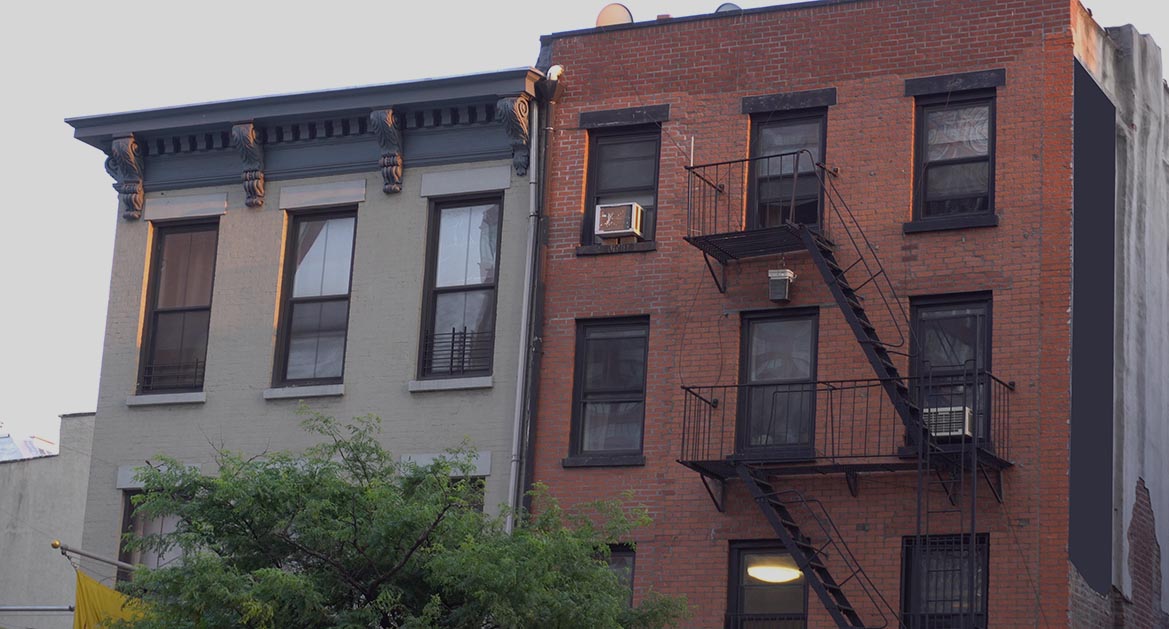My child was lead poisoned. I live in New York State. The Department of Health has tested the apartment where we live and has determined that the apartment has lead based paint hazards. Do I have a valid basis to start a law suit against my landlord?
This is the first question that many parents have for a lead poisoning lawyer after they receive the terrible news that their child has been poisoned by lead based paint in their apartment. The answer to this key question depends on many factors. Analysis of these issues are sometimes very complex. The answer to the question “can I sue?” can also be different depending on both the divergent facts in various cases as well as where you live in New York State.
New York City has very significant regulations and statutes which afford important protections for young children from the vagaries of lead poisoning. These protections are important factors in establishing liability in a lead poisoning case.
Outside New York City, a different set of rules may apply. This article, which is Part 1 in a series, addresses apartments outside the City of New York.
At the outset, in all cases involving lead poisoning litigation it is essential that you both inform yourself and consult a knowledgeable attorney in the field of childhood lead poisoning as soon as possible after diagnosis of lead poisoning.
Obtaining and preserving evidence will also be important in vindicating your child’s rights.
Set aside and secure each and every written communication that you may have had at any time with the landlord or their managing agent. Keep your lease and all riders and make them available to your lawyer. This includes current and prior leases (and all attachments and riders). Keep all documents that you may receive from the municipality in the course of their investigation of your child’s lead poisoning and provide copies to your lawyer.
It is important to take pictures of the conditions which were pin-pointed as lead hazards by the Department of Health as well as each and every other surface in the apartment including closets and windows. If there is a dust condition, take photographs to the extent possible.
Waste no time in carefully researching which lawyer you wish to represent your child’s interests.
Outside New York City, in order to successfully sue your landlord you will have to prove a litany of facts that at times may be daunting. The highest court of the State, in the case entitled Chapman v. Silber, 97 N.Y.2d 9 (2001) established the level of proof required to prove constructive notice of the lead condition.
If there was no actual knowledge on the part of a landlord as to the hazards of lead in your apartment, you will have to prove what is called constructive notice of the lead hazard. Notice of the defective condition causing the injury is an element of making out a case for negligence. If you can show that the landlord had actual knowledge of the lead hazards and failed to reasonably abate the lead hazards and that as a result of such omission caused injury and lead poisoning to your child, such proof will be sufficient to make out your case.
On the other hand, proof of actual notice will often be missing. An alternative way to establish a case is by what is known as constructive notice. In order to prove constructive notice in a lead poisoning case the Chapman case sets out five required elements which must be proven to prove constructive notice of the condition.
First, you will have to prove that your landlord retained a right of entry into your apartment and assumed the duty to perform repairs. This often is established through the express language of your lease. It may also be proved by examination of the actual conduct of the landlord (or the managing agent) in his or her maintenance of your apartment.
You will also have to prove that the landlord knew that the apartment was constructed before a time that lead-based paint was banned for use in residential housing. Though this may seem obvious, it will be the plaintiff’s burden of proof to establish this by a preponderance of the evidence at trial.
The third element of the case will require that you prove that the landlord was aware that paint was peeling in your apartment. This may be proved through testimony elicited at depositions or in a myriad of other ways which vary depending on the case.
The fourth element of proof will require that you prove that the landlord knew of the hazards of lead-based paint to young children. How you will prove this element may at times be challenging as it calls for the plaintiff to in effect prove the knowledge of a defendant.
A fifth element of proof that will have to be established is that the landlord knew that a young child lived in the apartment.
Of course, you will have to prove that the lead based paint that was present in the apartment was ingested by your child and that it caused injury.
Each of these elements are essential for any case to be successful in New York State.
Can I sue the landlord for lead poisoning? As you can see, this question calls for careful analysis and at times extensive investigation, research and depositions.
New York City has a different set of requirements inasmuch as the New York City Council created additional statutory protections for children living in the City of New York. This will be explored in Part 2 of this series – “Can I Sue My landlord for Lead Poisoning”?
We welcome your legal questions for topically relevant articles in the future. Feel free to compose a question – it may be addressed in future articles. Email Question
Free Case Evaluation
Fill Out The Form Below To Find Out If You Have A Case.
Thank you for contacting us. One of our colleagues will get back to you shortly.



